Yoga is a great practice that helps people find a balance between their body and mind by combining physical exercise with mental peace. Crocodile Pose, or Makarasana, is a pose that stands out because of how easy it is and how well it works. Here, we’ll talk in depth about the Crocodile Pose, including what it is, how to do it, and how it fits into your general yoga practice.
Table of Contents
Learn how to do the Crocodile Yoga Pose, which will become your new favorite way to relax and feel better. Read this complete guide to learn this relaxing pose and change the way you do yoga. Let's Explore
The Crocodile yoga Pose, known as Makarasana in Sanskrit, is a restorative pose that mimics the resting position of a crocodile. This pose is characterized by lying on the stomach with the head resting on the arms, which are folded in front. It is primarily used to relax the body, reduce stress, and improve posture.
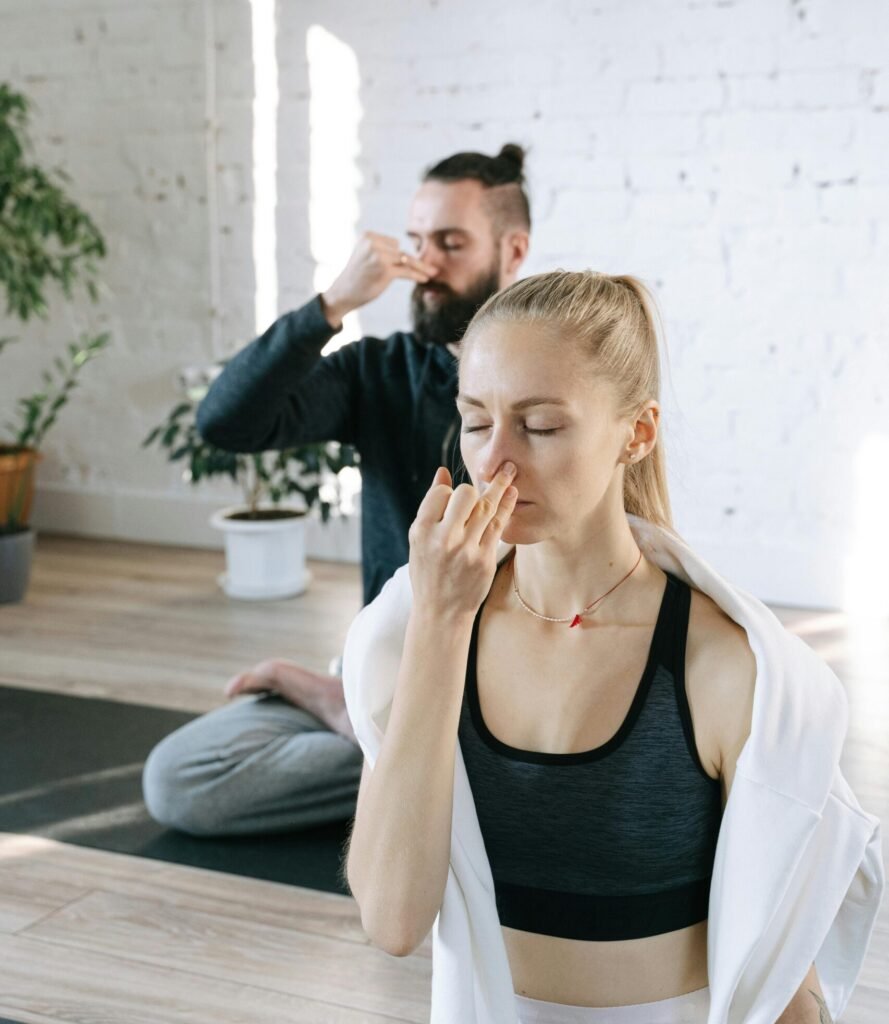
Benefits of the Crocodile yoga Pose
Physical Benefits
- Relieves Back Pain: The Crocodile yoga Pose helps alleviate lower back pain by gently stretching the spine and reducing pressure on the vertebrae.
- Improves Posture: Regular practice of this pose strengthens the back muscles, promoting better posture.
- Enhances Digestion: This pose can aid digestion by gently massaging the abdominal organs.
- Reduces Fatigue: It provides a deep relaxation effect, helping to combat fatigue and rejuvenate the body.
Mental and Emotional Benefits
- Reduces Stress: The calming nature of this pose helps lower stress levels and promotes mental clarity.
- Enhances Sleep Quality: Practicing this pose before bedtime can improve sleep quality by calming the mind and relaxing the body.
- Boosts Mood: The gentle stretch and relaxation can help release endorphins, improving overall mood.
How to Perform the Crocodile Yoga Pose
Learning to hold the Crocodile Pose, or Makarasana, is a path toward ease and relaxation. To make sure you get the most out of this calming yoga pose, check out our comprehensive Guide.
Step-by-Step Instructions
Prepare Your Space: Find a quiet, comfortable space where you can practice without interruptions. Lay down a yoga mat or a soft surface to cushion your body.
Lie Down: Begin by lying flat on your stomach. Ensure that your body is in a straight line, with your legs extended straight behind you and your feet relaxed. Your toes can either point away from your body or turn out slightly, depending on what feels more natural.
Position Your Arms: Extend your arms forward on the mat. Bend your elbows and stack your hands on top of each other, creating a small pillow with your hands. Your elbows should be relaxed and slightly spread apart, not directly under your shoulders.
Rest Your Head: Gently lower your forehead onto your stacked hands. Ensure your neck is relaxed and there is no tension in your shoulders. If this position feels uncomfortable, you can adjust by placing a small pillow or folded blanket under your forehead.
Adjust Your Legs: Spread your legs slightly apart, allowing your feet to turn out naturally. This position helps relax the lower back and hips. Ensure that your legs are relaxed and not holding any tension.
Relax and Breathe: Close your eyes to minimize distractions and enhance relaxation. Begin to take deep, steady breaths. Focus on breathing deeply into your diaphragm, allowing your belly to rise and fall with each inhalation and exhalation. This diaphragmatic breathing helps to deepen the relaxation and improve the pose’s effectiveness.
Maintain the Pose: Stay in this position for 3-5 minutes or longer if comfortable. As you hold the pose, let your body sink into the mat with each exhalation, releasing any remaining tension. Focus on the gentle stretch in your back and the soothing pressure on your abdomen.
Transition Out of the Pose: When you are ready to come out of the pose, slowly bring your legs together and gently push your hands into the mat to lift your upper body. Transition into a seated position or move into a child’s pose (balasana) to counterbalance the stretch and fully relax your spine.
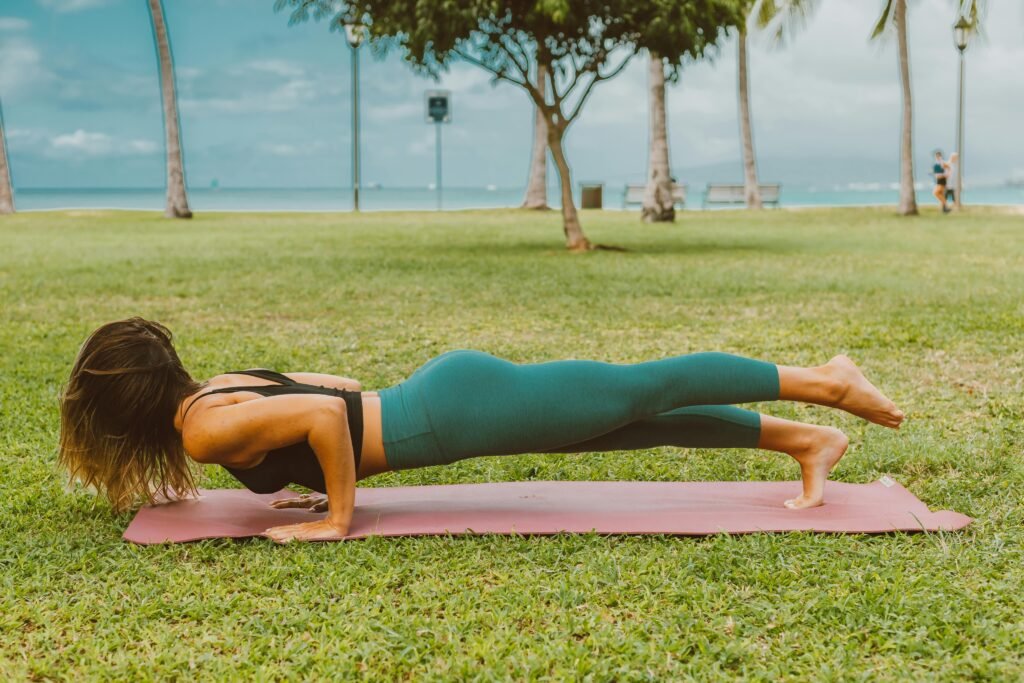
Common Mistakes to Avoid
Tensing the Neck: It’s essential to keep your neck relaxed. If you find it difficult, adjust your head position or place a small cushion under your forehead for additional support.
Arching the Back: Ensure your back remains in a neutral position. Avoid lifting your chest or arching your back, as this can cause unnecessary strain. Your chest should be resting comfortably on the mat without any effort.
Holding the Breath: Maintain steady and relaxed breathing throughout the pose. Holding your breath can increase tension rather than promote relaxation. Focus on slow, deep breaths to enhance the calming effects of the pose.
Tips for Enhanced Practice
Use Props for Comfort: Don’t hesitate to use props like blankets, pillows, or bolsters to support your body. These can help you find a more comfortable and sustainable position, allowing for a deeper relaxation.
Create a Relaxing Environment: Practice in a quiet, dimly lit room to promote a sense of calm. You can also play soft, soothing music or use essential oils like lavender to enhance the relaxing atmosphere.
Incorporate Visualization: While in the pose, visualize yourself in a peaceful setting, such as lying on a warm beach or floating on a calm lake. This mental imagery can help deepen your relaxation and mental focus.
You can get the most out of the Crocodile yoga Pose if you follow these clear steps and avoid making these common mistakes. It’s a great addition to any yoga routine because it’s a gentle but effective way to relax and stretch. Regularly doing this pose will improve your health and help you get better at yoga.
Modifications and Variations
The Crocodile Pose, or Makarasana, is versatile and can be adjusted to suit different skill levels and physical needs. Here are some modifications and variations to help you tailor the pose to your practice:
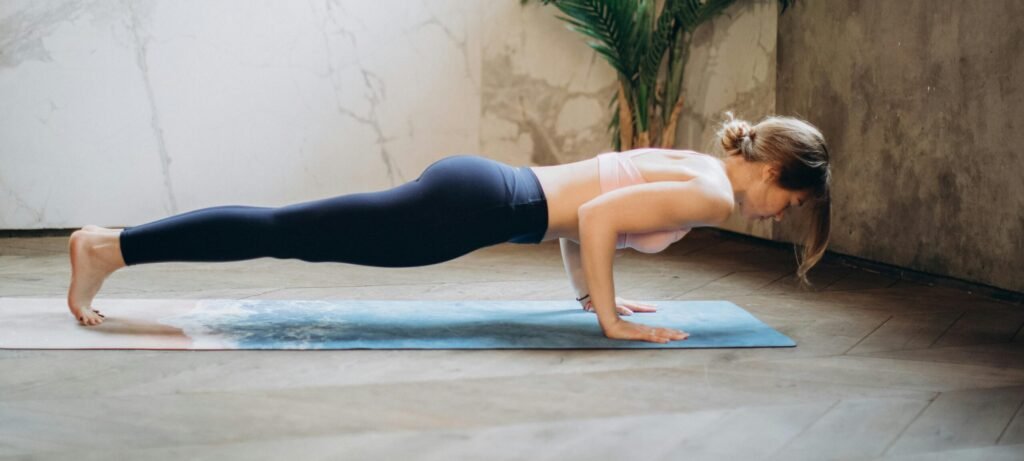
Beginner-Friendly Adjustments
Using a Pillow: Under your chest or face, put a small pillow or folded blanket. This gives you extra support and helps you keep your back and neck relaxed. This is very helpful if you have pain in your neck or shoulders when you hold your head up.
Leg Positioning: If it hurts to spread your legs apart, keep them together and let your feet hang loose. By easing the stretch on the lower back and hips, this small change can make the pose easier for people who are just starting out.
Support for the Ankles: If your feet hurt from the hard floor, roll up a towel or blanket and put it under them. This helps you stay relaxed and stops you from putting too much strain on yourself.
Forehead Support: If putting your hands together doesn’t make you feel better, put a yoga block or a thicker cushion under your face. So, your neck stays in a normal position and doesn’t get tense.
Advanced Variations
Arm Placement: Putting your arms by your sides with your hands facing up can help you relax even more. This version helps the shoulders and upper back relax even more, which leads to a deeper state of relaxation.
Leg Lift: To slightly work your core, lift one leg off the ground a few inches and keep your other body parts loose. Hold for a few steps, then switch legs. This makes the pose a little stronger without taking away from its relaxed quality.
Cobra Integration: From the Crocodile yoga Pose, press your hands into the mat and lift your chest a little to get into a low Cobra Pose (Bhujangasana). This version gives your back a gentle bend and can help your lower back and shoulders get stronger.
Hands Under the Chin: Put your hands under your chin and rest your arms on the mat. Don’t rest your forehead on your hands. The upper back and neck can get a different stretch from this small lift.
Leg Variation: To get a greater hip stretch, bend one knee and bring it out to the side so that it makes a right angle with your body. This version, called Half Frog Pose (Ardha Bhekasana), can help the hip flexors relax more deeply.
Modifications for Specific Conditions
For Lower Back Pain: If you have lower back pain, put a bolster or a blanket that has been rolled up under your hips to help. In this way, you can make the pose more relaxed and ease the pressure on your lower back.
For Neck Issues: If you have neck pain, put a thicker cushion or a yoga block under your face to keep your neck straight and avoid strain.
For Shoulder Discomfort: If putting your forehead on your hands hurts your shoulders, try putting your arms by your sides with the palms looking up or out to the sides. Shoulder strain can be eased by doing this.
Safety Precautions
The Crocodile yoga Pose, or Makarasana, is generally safe and gentle, but it’s important to take some safety measures to keep from getting hurt or uncomfortable. To make sure the practice is safe and helpful, here are some important things to remember:
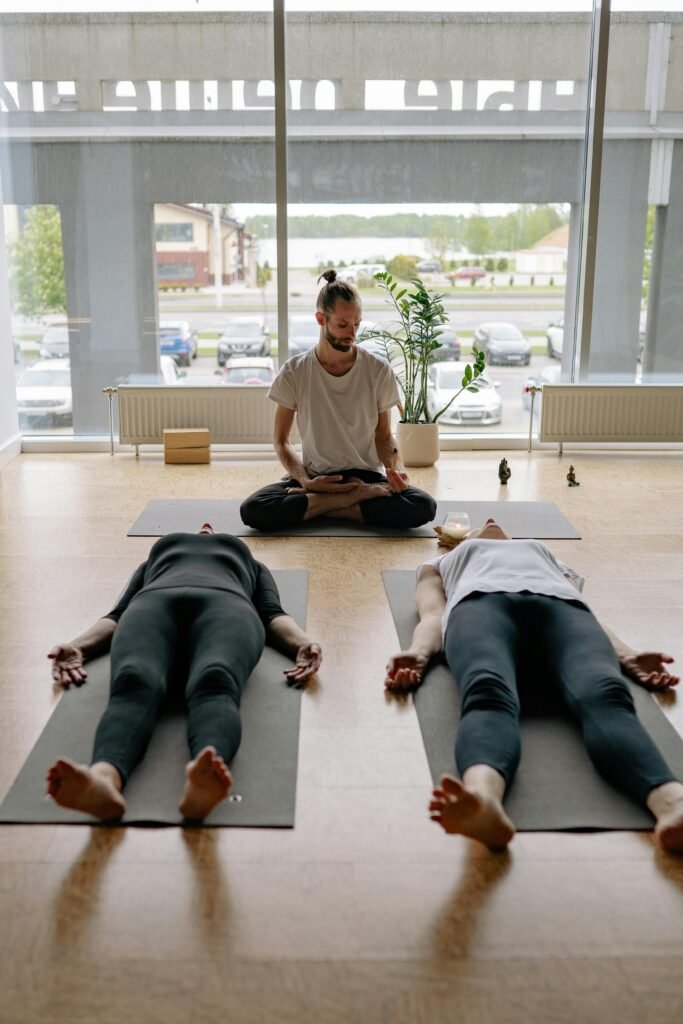
Who Should Avoid This Pose
- Pregnant Women: Due to the prone position, this pose is not recommended for pregnant women, as it can put pressure on the abdomen.
- Recent Abdominal Surgery: Avoid this pose if you have had recent abdominal surgery or injuries to prevent strain on the affected area.
- Severe Back Pain or Injuries: If you have severe back pain or specific spinal conditions, consult with a healthcare provider before practicing this pose.
Safety Tips
- Listen to Your Body: Always be attentive to how your body feels. If you experience any discomfort or pain, adjust your position or come out of the pose. Never push yourself into a position that causes pain.
- Use Props: Utilize props like blankets, pillows, or bolsters to support your body and enhance comfort. These can help you maintain proper alignment and prevent strain on your neck and back.
- Maintain Neutral Spine: Ensure your spine remains in a neutral position throughout the pose. Avoid excessive arching or rounding of your back.
- Relax Your Neck: Keep your neck relaxed and avoid holding any tension. If necessary, use a cushion under your forehead to support your neck.
- Breath Control: Maintain steady and relaxed breathing throughout the pose. Holding your breath can increase tension and reduce the pose’s effectiveness in promoting relaxation.
- Avoid Overstretching: Don’t overstretch your legs or back. The goal is to find a comfortable position that allows for relaxation, not to push your limits.
- Consult a Professional: If you have any medical conditions or concerns, consult with a healthcare provider or a qualified yoga instructor before attempting this pose.

The Crocodile Yoga Pose, also known as Makarasana, is a great addition to any yoga practice because it helps you relax and deal with stress in a deep way. People of all skill levels can do this easy pose, which is a safe and effective way to relax and refresh the mind and body. You can fully enjoy the healing effects of this pose as long as you follow the detailed directions, make the necessary changes and variations, and take the necessary safety precautions.
Adding the Crocodile Pose to your normal yoga routine can help you feel less stressed, breathe better, and feel very calm. The Crocodile Yoga Pose is a useful and flexible choice for both new and experienced yoga practitioners. It can be used as a gentle introduction to the practice or as a relaxing break between more challenging poses.
Remember that the best way to get good at this pose is to pay attention to your body, put comfort first, and do it often. The Crocodile Pose will probably become one of your favorite parts of yoga as you keep practicing it. It will help you find more balance and peace in your life.
FAQ
Most frequent questions and answers
Yes, the Crocodile Pose is highly suitable for beginners. It is gentle and easy to modify, making it accessible for those new to yoga.
You can hold the Crocodile Pose for 3-5 minutes or longer if comfortable. The duration can vary based on individual preference and the purpose of the practice.
The main benefits include relaxation, stress relief, improved breathing, and gentle stretching of the back and hips. It also helps in grounding and centering the mind.
Yes, but with caution. Use props like blankets or bolsters for extra support, and avoid any position that causes discomfort. Always consult with a healthcare provider if you have severe back issues.


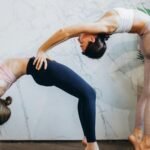


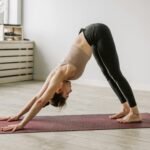


Average Rating